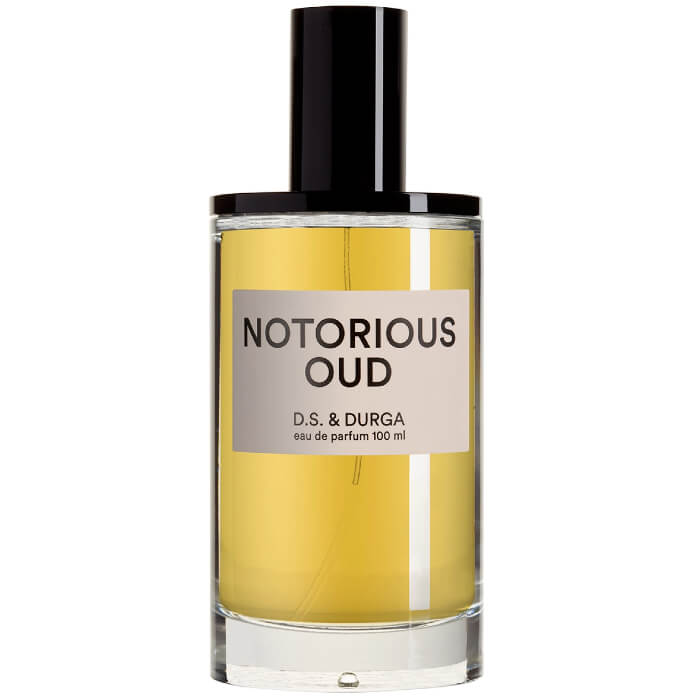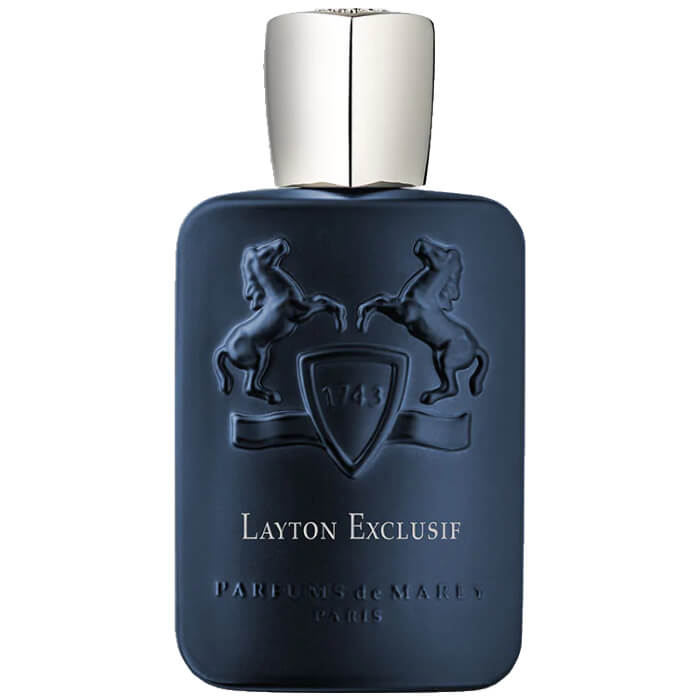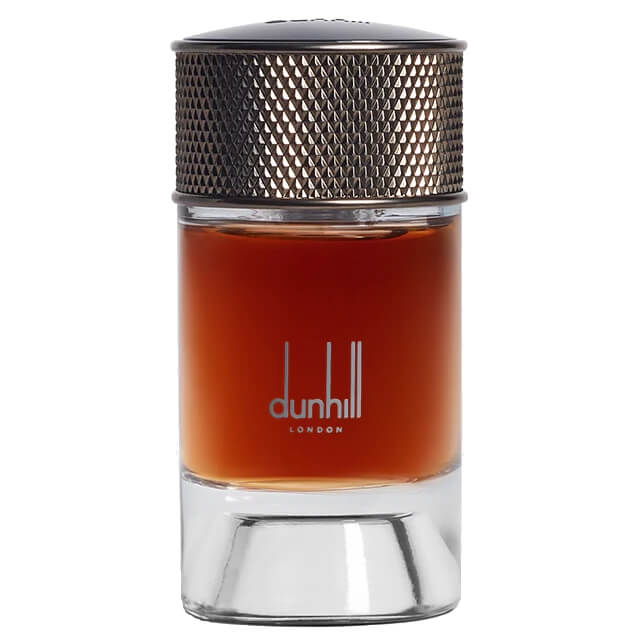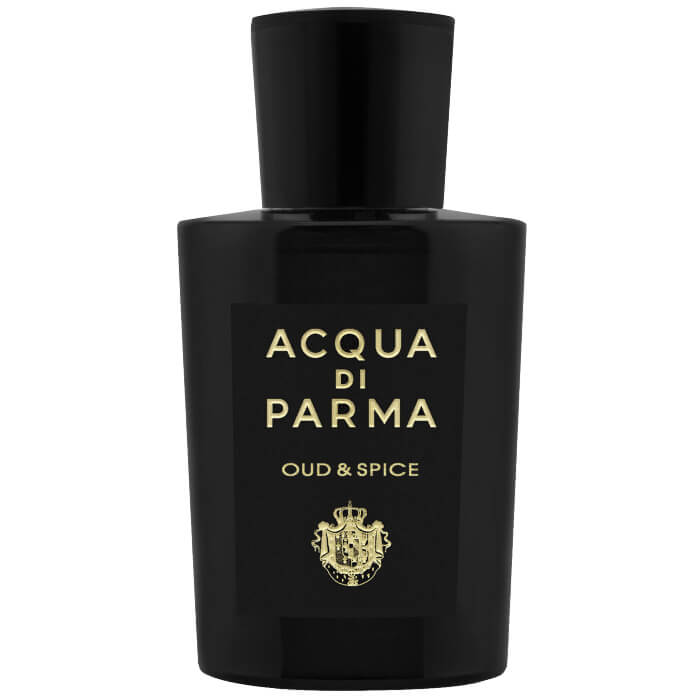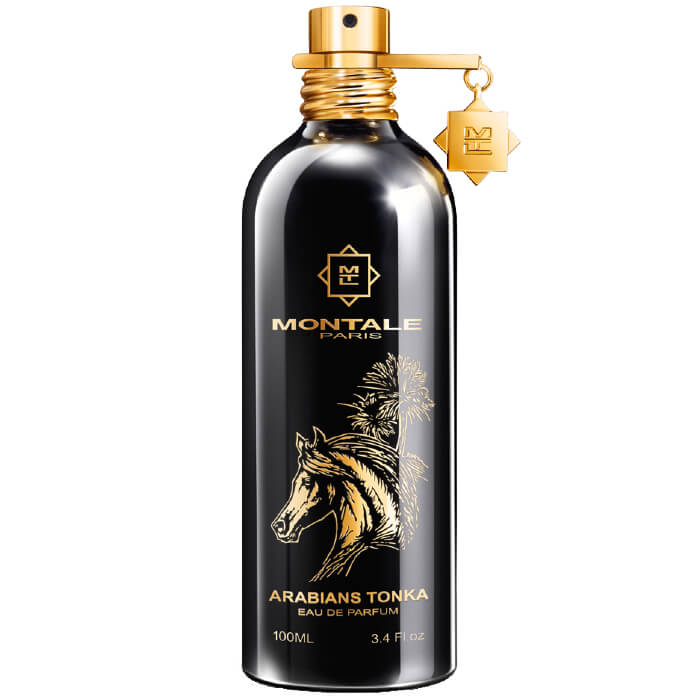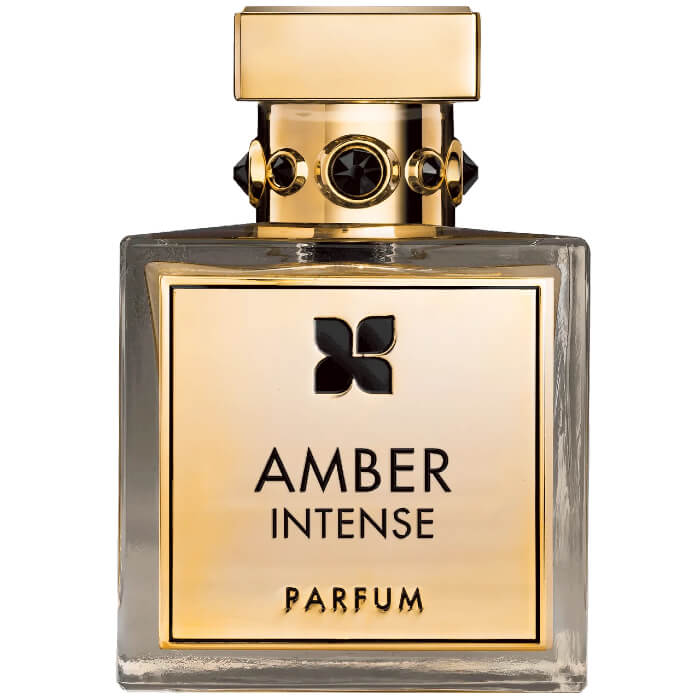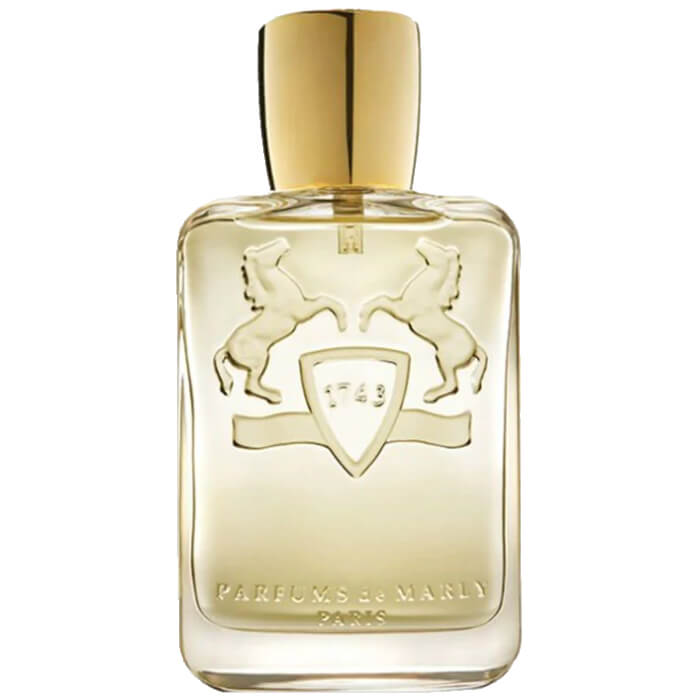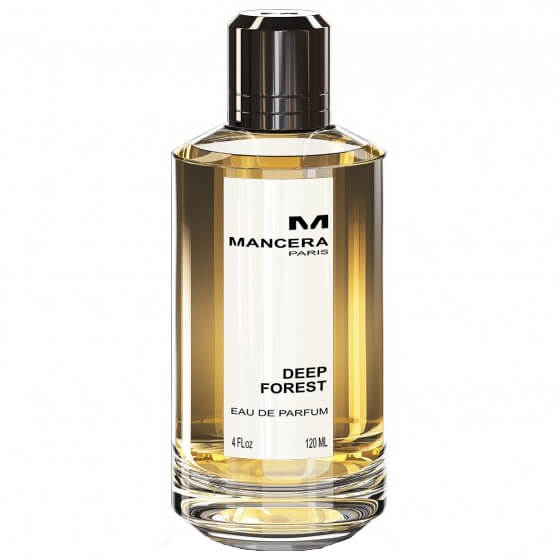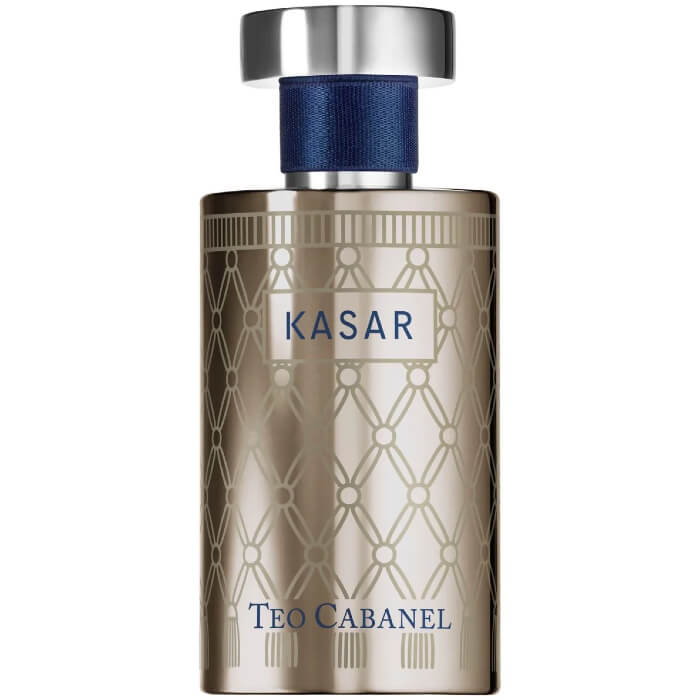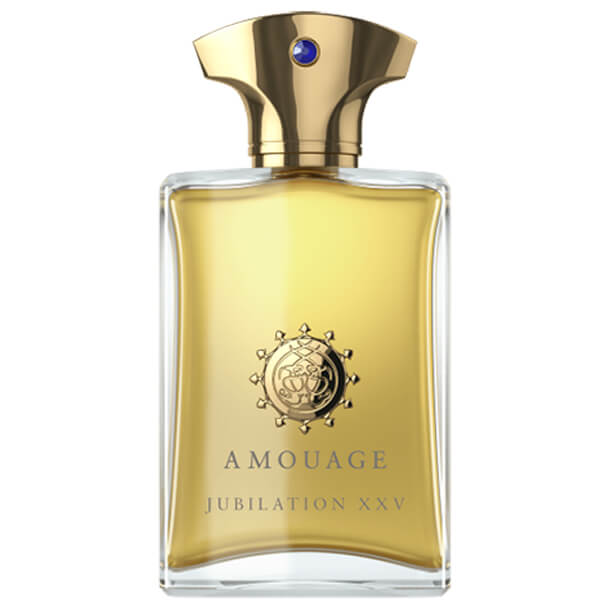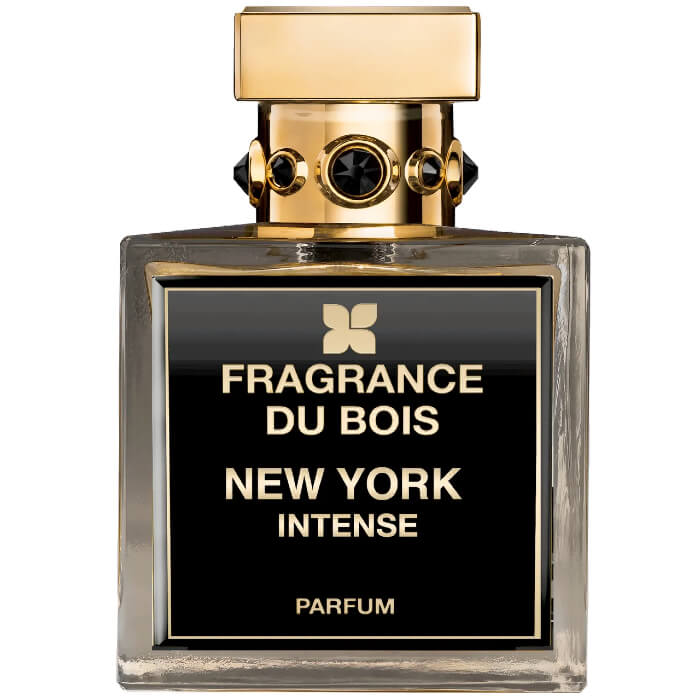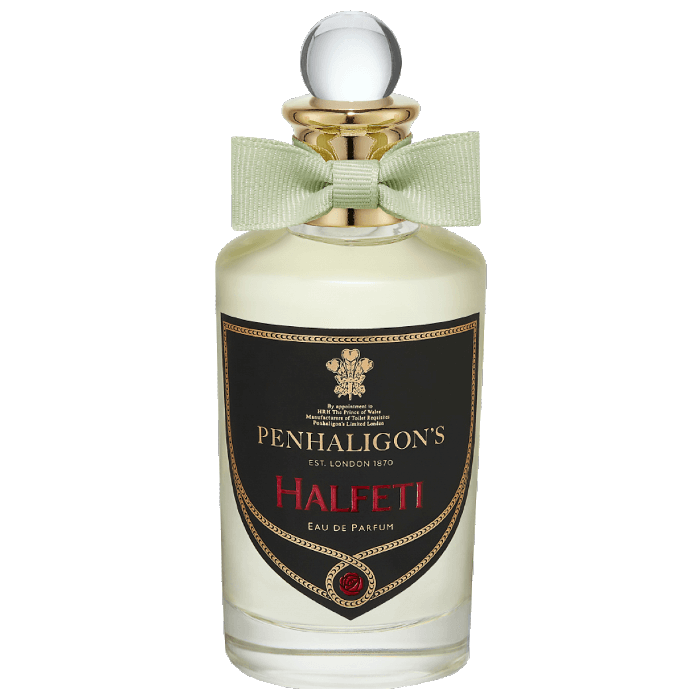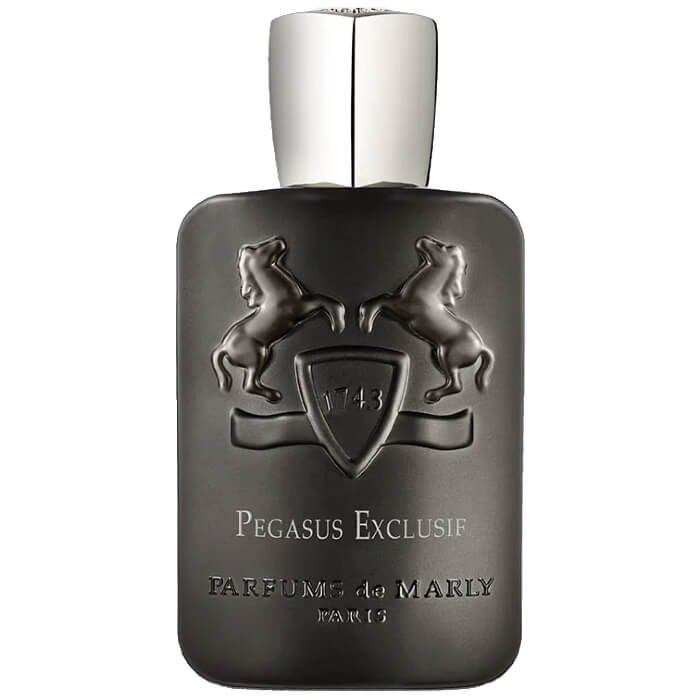OUD silk mood
Fragrance Profile
Concentration: Eau de parfum
Olfactory Family: Woody Floral
Top Notes: Bergamot from Italy, Rose from Bulgaria
Heart Notes: Guaiac wood
Base Notes: Oud from Laos, Papyrus
Manufacturer’s Description: OUD silk mood Maison Francis Kurkdjian eau de parfum is a fascinating contrast much like a multicolored raw silk fabric: airy and steamy. Oud wood from Laos, a rare and precious material mingles with rose absolute from Bulgaria and bergamot from Calabria to come together in this floral, woody perfume with the fresh and bewitching trail, a harmonious balance of the East and the West. OUD silk mood eau de parfum delivers an enveloping, enchanting and infinitely seductive floral harmony.
Olfactory Notes
Oud from Laos: The power and complexity of its musky, woody, leathery, smoky and honeyed scent is only matched by the mystery of its creation; largely random since it depends on the fungal infection of a Southeast Asian tree also known as Agarwood (Aquilaria). Only diseased specimens produce an aromatic resin that is distilled to obtain an oil. It is among the most sought-after ingredients in the East and in Asia, and is also one of the most expensive, resulting in poaching. This is why Francis Kurkdjian has chosen an Oud from Laos produced according to the principles of fair and sustainable trade. He combines its vibrant notes with intense flowers, spices and other woods for a bewitching sillage.
Papyrus: The species used in perfume is called cypriol, a cousin of papyrus, and belongs to the genus Cyperus. This herbaceous plant grows on riverbanks, especially in India. The fragrant molecules reside in its roots, which are first dried before being steam distilled. Its oil exudes a powerful dry, smoky and earthy wood scent, in the range of patchouli. Cypriol is often used to reconstitute an oud accord or to reinforce its smoky woody notes. It adds strength to some men’s fragrances.
Bergamot from Calabria: Known for its fruity edge in Earl Grey tea, Citrus Bergamia is widely used in perfumery because its fresh, sparkling top notes bring a kind of “smile” to the perfume. Its oil is obtained by cold expression of the fruit’s peel. Southern Italy specializes in the cultivation of this citrus fruit, used in the composition of eau de Cologne and of many women’s and men’s fragrances, with fresh, floral and aromatic facets unfolding and stretching all the way into the heart of the perfume.
Guaiac wood: Its Latin botanical name Lignum vitae, meaning wood of life, is full of optimism. Due to its high density, this tree native to South America and the West Indies has long been used in industrial processes for its robustness. Its oil, which comes from the distillation of its trunk, is very versatile: warm and powerful, it evokes vetiver with its slightly spicy smokiness while adopting milky accents of sandalwood. Although it has not yet played a leading role in a perfume, guaiac wood is an ideal bonding agent between the other woody tenors in the middle and base accords.
Damascena Rose: In perfumery, only two varieties of rose are used for their fragrant properties: rosa damascena and rosa centifolia. The Damascena rose or Damask rose’s appeal lies in its highly distinctive honeyed accents and slightly spicy scent. Originally from Persia, this very old variety is the most used in perfumery. It is now cultivated in Bulgaria, Turkey or Iran. Different perfumed products, such as rose water, rose oil and rose absolute, are obtained by using various methods of extraction, each with their distinctive olfactory characteristics. Rose oil is obtained by steam distillation. The Bulgarian rose has fruity facets with hints of pear, lychee and raspberry.
Related Fragrances
These are...

